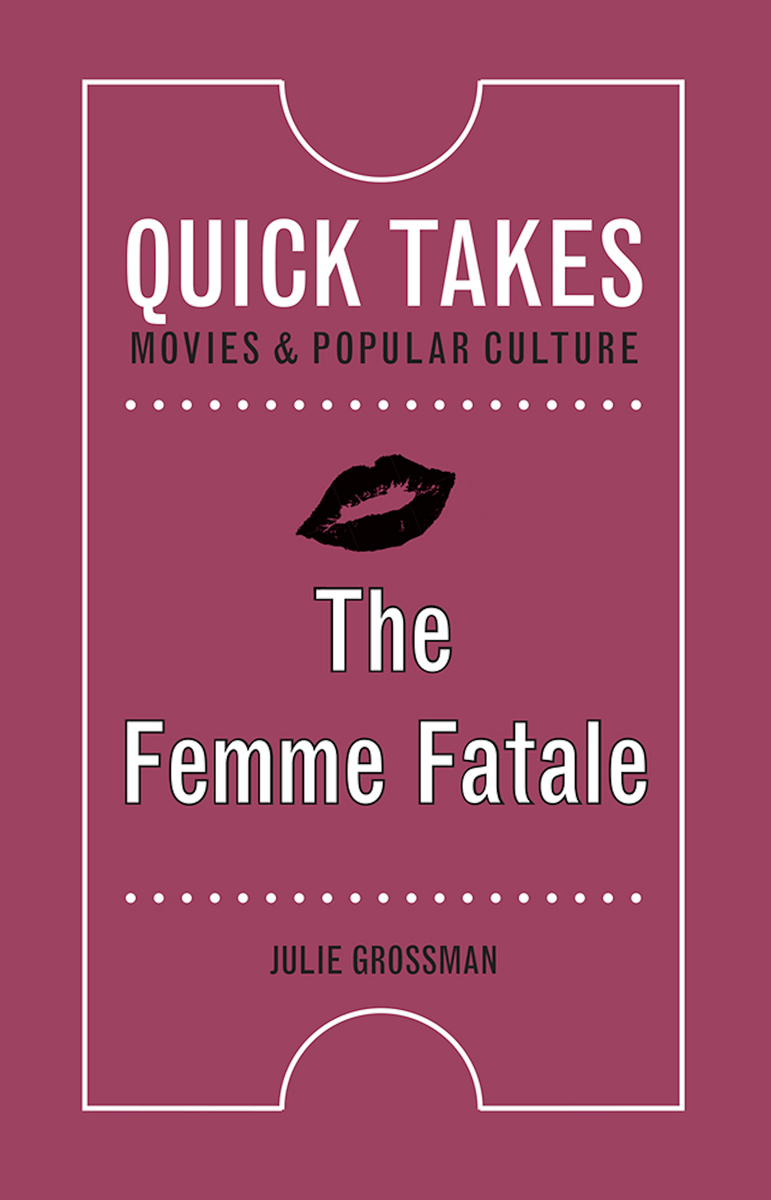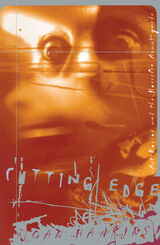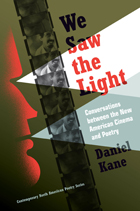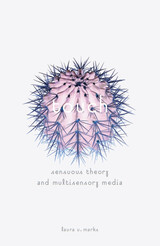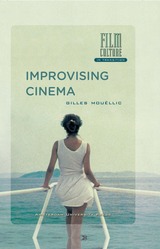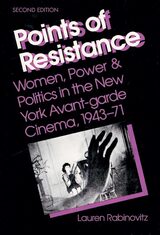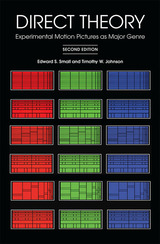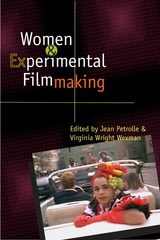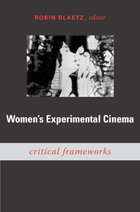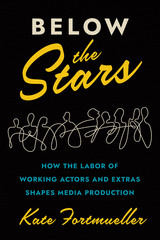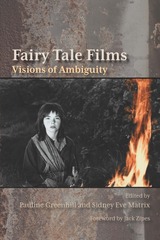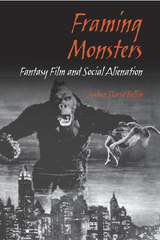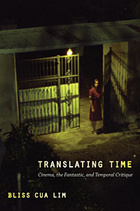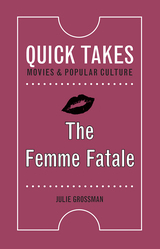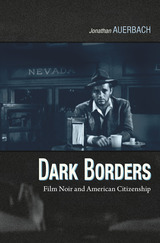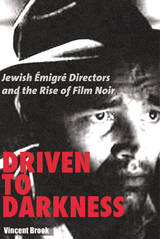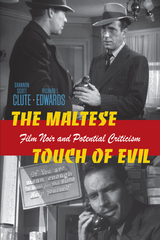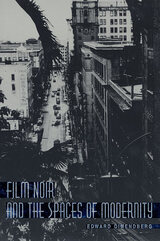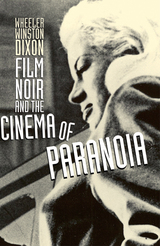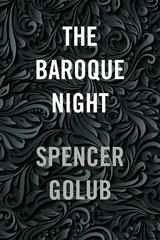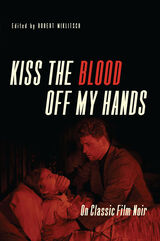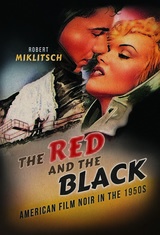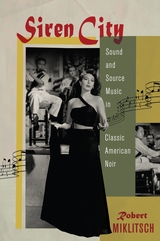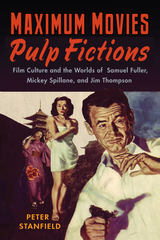The Femme Fatale
Rutgers University Press, 2020
Cloth: 978-0-8135-9825-3 | eISBN: 978-0-8135-9828-4 | Paper: 978-0-8135-9824-6
Library of Congress Classification PN1995.9.F44G65 2020
Dewey Decimal Classification 791.436522
Cloth: 978-0-8135-9825-3 | eISBN: 978-0-8135-9828-4 | Paper: 978-0-8135-9824-6
Library of Congress Classification PN1995.9.F44G65 2020
Dewey Decimal Classification 791.436522
ABOUT THIS BOOK | AUTHOR BIOGRAPHY | REVIEWS | TOC
ABOUT THIS BOOK
Ostensibly the villain, but also a model of female power, poise, and intelligence, the femme fatale embodies Hollywood’s contradictory attitudes toward ambitious women. But how has the figure of the femme fatale evolved over time, and to what extent have these changes reflected shifting cultural attitudes toward female independence and sexuality?
This book offers readers a concise look at over a century of femmes fatales on both the silver screen and the TV screen. Starting with ethnically exoticized silent film vamps like Theda Bara and Pola Negri, it examines classic film noir femmes fatales like Barbara Stanwyck in Double Indemnity, as well as postmodern revisions of the archetype in films like Basic Instinct and Memento. Finally, it explores how contemporary film and television creators like Fleabag and Killing Eve’s Phoebe Waller-Bridge have appropriated the femme fatale in sympathetic and surprising ways.
Analyzing not only the films themselves, but also studio press kits and reviews, The Femme Fatale considers how discourses about the pleasures and dangers of female performance are projected onto the figure of the femme fatale. Ultimately, it is a celebration of how “bad girl” roles have provided some of Hollywood’s most talented actresses opportunities to fully express their on-screen charisma.
This book offers readers a concise look at over a century of femmes fatales on both the silver screen and the TV screen. Starting with ethnically exoticized silent film vamps like Theda Bara and Pola Negri, it examines classic film noir femmes fatales like Barbara Stanwyck in Double Indemnity, as well as postmodern revisions of the archetype in films like Basic Instinct and Memento. Finally, it explores how contemporary film and television creators like Fleabag and Killing Eve’s Phoebe Waller-Bridge have appropriated the femme fatale in sympathetic and surprising ways.
Analyzing not only the films themselves, but also studio press kits and reviews, The Femme Fatale considers how discourses about the pleasures and dangers of female performance are projected onto the figure of the femme fatale. Ultimately, it is a celebration of how “bad girl” roles have provided some of Hollywood’s most talented actresses opportunities to fully express their on-screen charisma.
See other books on: Femme Fatale | Femmes fatales | Femmes fatales in motion pictures | Grossman, Julie | Television
See other titles from Rutgers University Press
